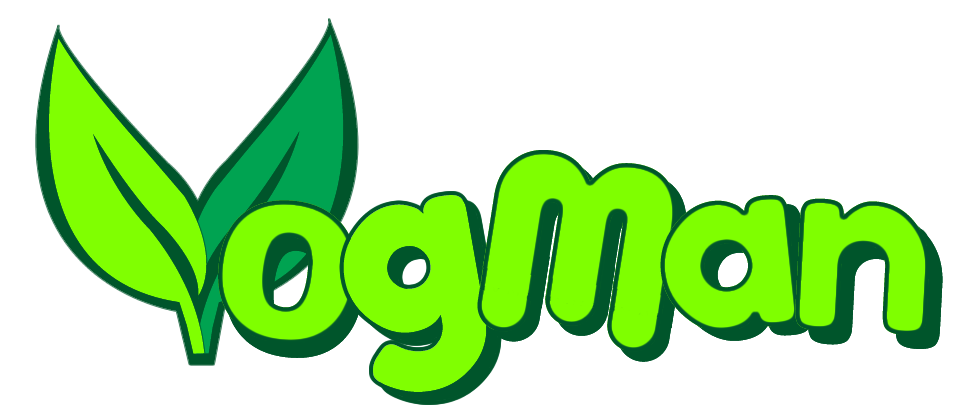 The Tower of Portals - A 3D Printable Tower with Magical Portals on Every Floor
The Tower of Portals - A 3D Printable Tower with Magical Portals on Every Floor
You’ve printed the free sample — now imagine the full tower.
The Tower of Portals is a modular 3D printable tower designed for tabletop gaming, painting, and display. Coming soon to Kickstarter, it features:
- Five stacked floors, each with unique portal inserts
- 1-inch gaming grids for full tabletop compatibility
- Detailed interiors & swappable alcoves
- Support-free, FDM-friendly design
- Optional decorations (gargoyles, ornaments, more)
Want the full tower?
The Tower of Portals launches on Kickstarter soon — and early backers will get the best deal. Register your interest below and get a free Gargoyle STL.
What you’ll get
No manual supporting required. Clean prints, minimal post-processing, rapid turnaround.
Thoughtful breakdown and assembly that just makes sense.
Tuned wall thicknesses / tolerances. Orientation provided.
Crisp edges and great detail.
Who it’s for
Gamers, painters, and shelf-display enjoyers. Whether you want a centrepiece for play or a clean diorama build, the kit prints easily and assembles intuitively.
Optional “light-up” looks can be achieved with simple LED tea-lights — no wiring.
Timeline
- Now: Collecting interest & feedback
- Next: KS page preview to email list
- Launch: TBA
Highlights
- Huge presence - 675 mm tall at 28 mm scale
- Support-hassle-free FDM - no manual supporting required; minimal cleanup
- Portal floors - accepts card inserts (watching eye, vortex, runes, custom art)
- Magnet or stud assembly - recesses and keys for clean alignment
- Bed-size friendly - largest part ≈ 197 × 183 mm
- Tolerance-tested - proven on common FDM printers
- Painter-friendly detail - crisp stonework; readable edges
- Optional light-up look - drop-in LED tea lights; no wiring
Image Gallery
A quick look at parts, assemblies, and scale. Click any image to view larger.
Register Interest
Sign up and get a free Gargoyle sample STL to test print quality. Other portal options arrive at launch — requests welcome (no promises). You'll be notified of the launch date.
FAQ
Will there be early-bird pricing?
Yes - email list gets first access to limited early-bird tiers.
What scale and total height?
The Tower of Portals is designed for 28 mm tabletop. At that scale it stands about 675 mm tall. You can scale the STLs up or down as you prefer.
How do the portals work?
Each floor has a slot behind the frame that accepts printed card inserts - swap a watching eye, vortex, runes, or your own artwork. No electronics required.
Magnet or stud assembly?
Both - your choice. Built-in recesses for common 6 x 2mm magnets, plus keyed studs for a permanent bond.
Support free?
Everything is support free which in this case mean that you do not have to manually apply supports during slicing. Just add the pre-orientated STLs to the slicer and print. However, there is one small section that did need supporting and I have built-in breakaway-supports (which are easily removed) for simple, trouble-free printing.
Resin Printing?
This model was designed for FDM printing. There's are some sections that are too big even for large Resin printers. However, there are a few small sections that might benefit from the extra detail resin printing can provide... but that's purely optional.
FDM Printing Settings?
This model was developed on standard 0.4mm nozzle FDM, 0.2 mm layers, 3 walls, 15% infill, no manual slicer supports, no brims.
A1 Mini?
Yes — a small-bed pack is included for 180×180×180 mm build volumes (e.g., A1 Mini). It delivers the same final look and scale, just printed in more sections. Alignment keys/magnet recesses are included.
Commercial licence?
We’re exploring a limited vendor tier — watch this space.
Would you back it? Your early interest genuinely helps shape the final kit.
Notes & disclaimer
Designed for 28 mm tabletop. All photos show parts printed on my own FDM printers using PLA (tested on three separate printers and three PLA brands; 0.4 mm nozzle, 0.2 mm layers, 3 walls, ~15% infill; no manual slicer supports). I’ve included the same part orientations I used. “Support-free” means you don’t need to add slicer supports; there is one small, modelled-in breakaway support that you remove after printing. Results may vary by printer, material, and settings, so treat my prints as guidance rather than a guarantee. Details may change during development.

















